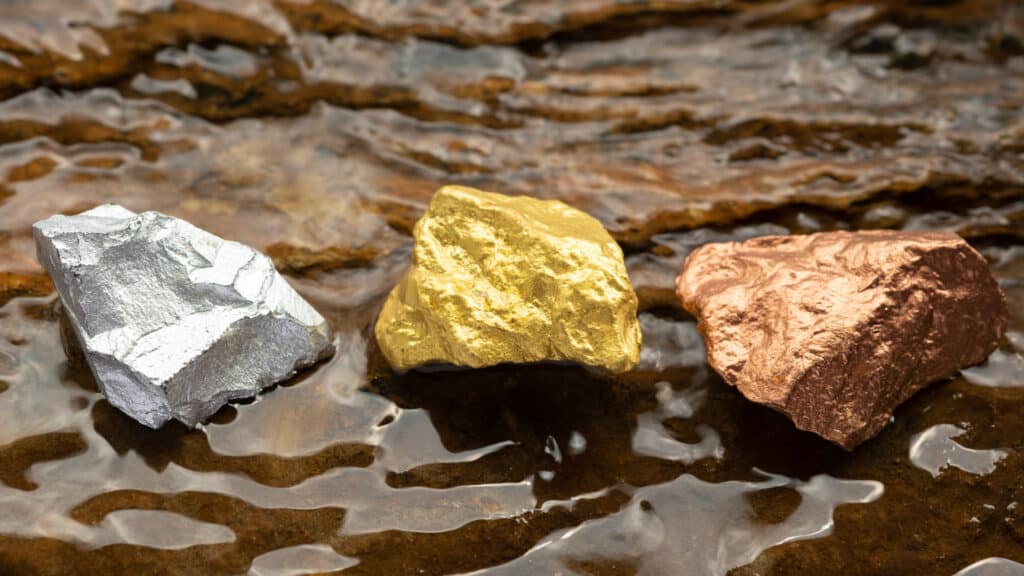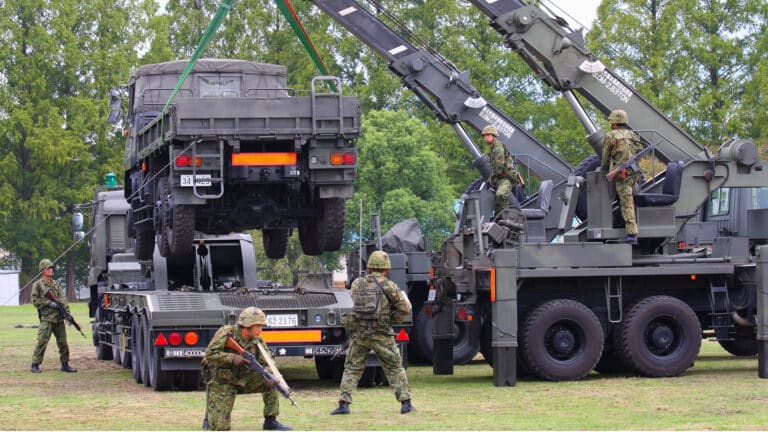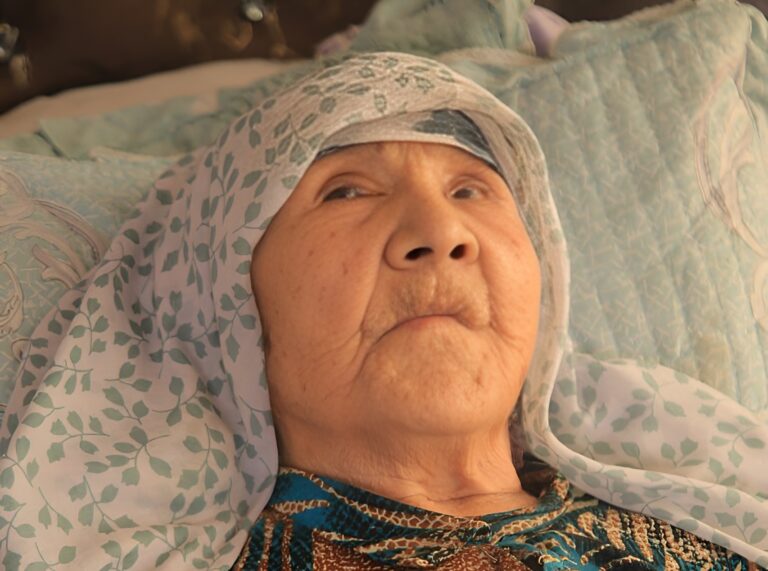
Eleven rare earth metal sites have been recently discovered in Kazakhstan, as reported by Khabar.kz, citing data from the Ministry of Industry and Construction presented at Mining Congress Qazaqstan, an international congress and exhibition held in Astana for the third time.
Confirmation of the reserves’ value will pave the way for Kazakhstan to emerge into the top 10 countries with the largest rare earth metal reserves. Seventeen rare earth elements, including lithium, lanthanides, tellurides and neodymium, have been discovered on those 11 sites.
According to Margulan Baibatyrov, deputy chair of the geology committee under the Ministry of Industry and Construction, such metals are widely used in turbine, electric vehicle and other product manufacturing.
«All our phones contain lithium; it is in every battery. Why has lithium ended up in such high demand? Because battery, chip and electric vehicle production is accelerating,» Baibatyrov said.
According to him, Kazakhstan has granted 2,906 licenses for solid mineral exploration and 111 licenses for their extraction since 2018. However, Baibatyrov also pointed out several existing problems, such as a lack of specialists, insufficient funding for such projects and a low rate of program completion.
All in all, Kazakhstan produces 19 out of 34 rare earth elements, the committee reported.
«Kazakhstan produces 19 out of 34 rare earth elements considered critically important for EU economies, including beryllium, tantalum, niobium and rhenium, all of which play crucial roles in the electronics, defense, energy and telecommunications industries,» the agency said in a statement.
For example, Kazakhstan is home to over 100 deposits of rare and rare earth metals, including sites such as Kurumsak, Bala-Sauskandyk, Akbulak, Kundybay and Verkhnee-Espe, among others.
Previously, the ministry stated that between 2019 and 2024, geological exploration covered 2.014 million square kilometers (91.6% of the area planned), resulting in the discovery of 38 prospecting sites with an estimated 2.6 million tons of rare earth metal resources; 3.7 million tons of copper and nickel; 1.1 billion tons of brown coal; and 19 tons of gold. Moreover, 266 million tons of hydrocarbons in recoverable resources were identified in the Aral sedimentary basin. Over the period, 306 geological survey licenses were issued, attracting more than 137 billion tenge (approximately $268 million) in private investment.
In late February, Kursiv.media reported that then-Minister of Industry and Construction then Kanat Sharlapayev — who was later replaced by Yersaiyn Nagaspayev — stated that companies from the U.S., European Union, and China are eligible to acquire licenses for Kazakhstani rare earth and rare metal deposits through government-held auctions.













